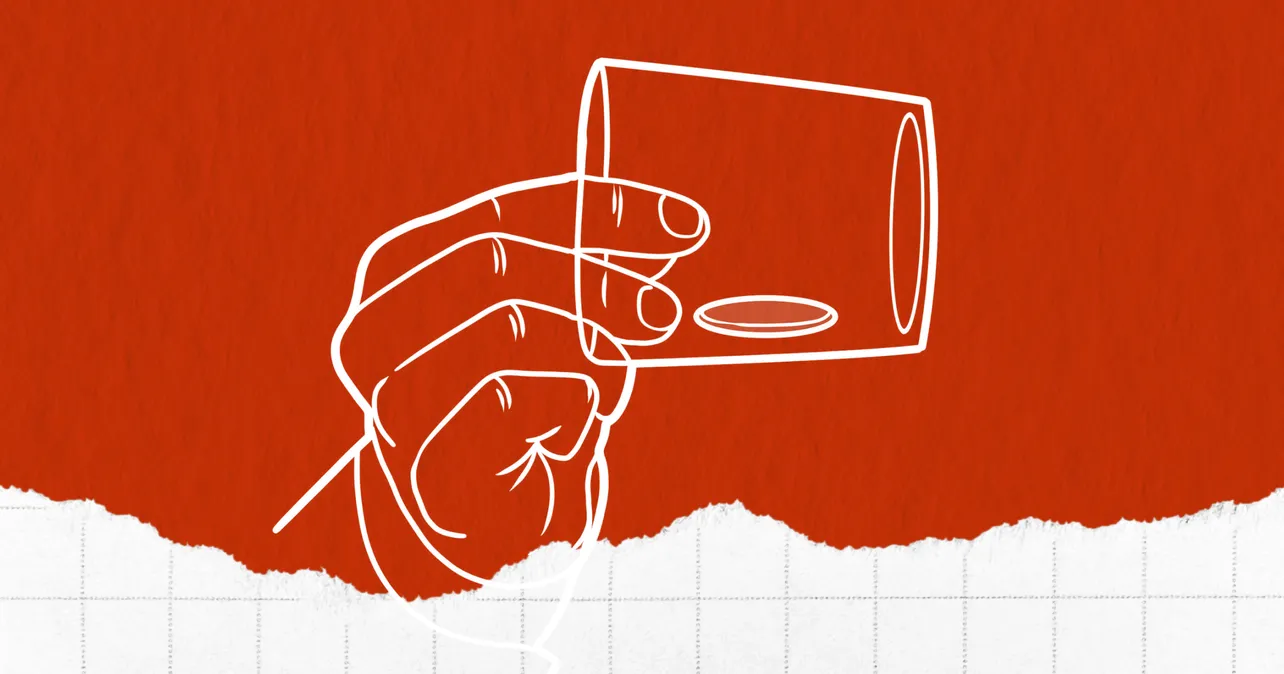There was a time when a movement away from the use of half and silver dollars in coin tricks seemed to be taking hold… when it was thought best to borrow the coins to be used in a trick… when such a thing as “pocket change” existed. We are now 25 years into the new century and the notion of borrowing coins, or even a deck of cards, is archaic. This became apparent to me when writing the new chapters on coin tricks for Greater Magic. In order to do “Cigarette through Quarter,” even if you are using a flocked pencil, feather, or rolled bill as a substitute for the cigarette, it still absolutely requires you to borrow the quarter. Forget it. You’re far more likely to be able to borrow a pair of chopsticks. Why am I raising this issue? Because since you now must use your own coins, there is no reason not to make greater use of gimmicks. If copper/silver coins, shells, flippers, or whatever enable you to achieve a better effect with less work, then the reasons not to use them have become infinitesimal.
Last month we started with something simple, but now we dive headfirst into the more challenging. This is an excellent method from my old friend R. Paul Wilson of doing the classic Coins to Glass, a trick that goes back to at least the mid-1800s; Robert-Houdin and Hofzinser were doing it using apparatus. Generally, if no apparatus is used, the palmdown right hand is classic palming a coin and the glass is held mouth up, by the fingertips, under the palm. When the coin travels to the glass, the palm is relaxed and the coin falls into it. Many extremely fine magicians have done it exactly that way. Some have classic palmed four coins and could allow them to drop one at a time. Yet there exists an itch that needs to be scratched: the palm should not be over the glass… the connection to the method is, perhaps, too obvious to the audience. David Harkey approached the problem with his routine “Over the Edge” (Simply Harkey, 1991) by keeping a coin in back clip, from which it somersaulted over the first finger and dropped into the glass. The illusion, and the idea, are good, but the angles are not. Here, then, is a far superior solution.

